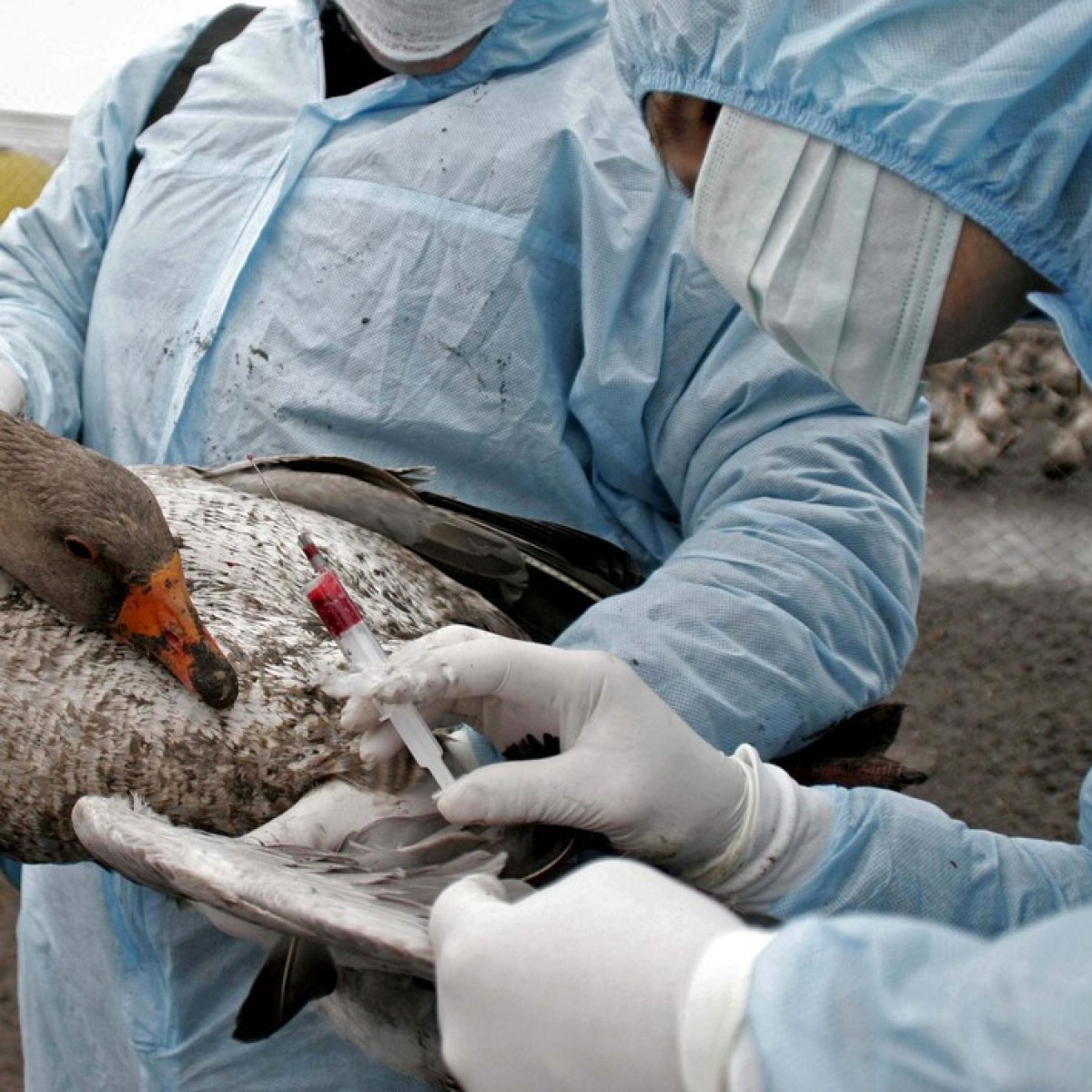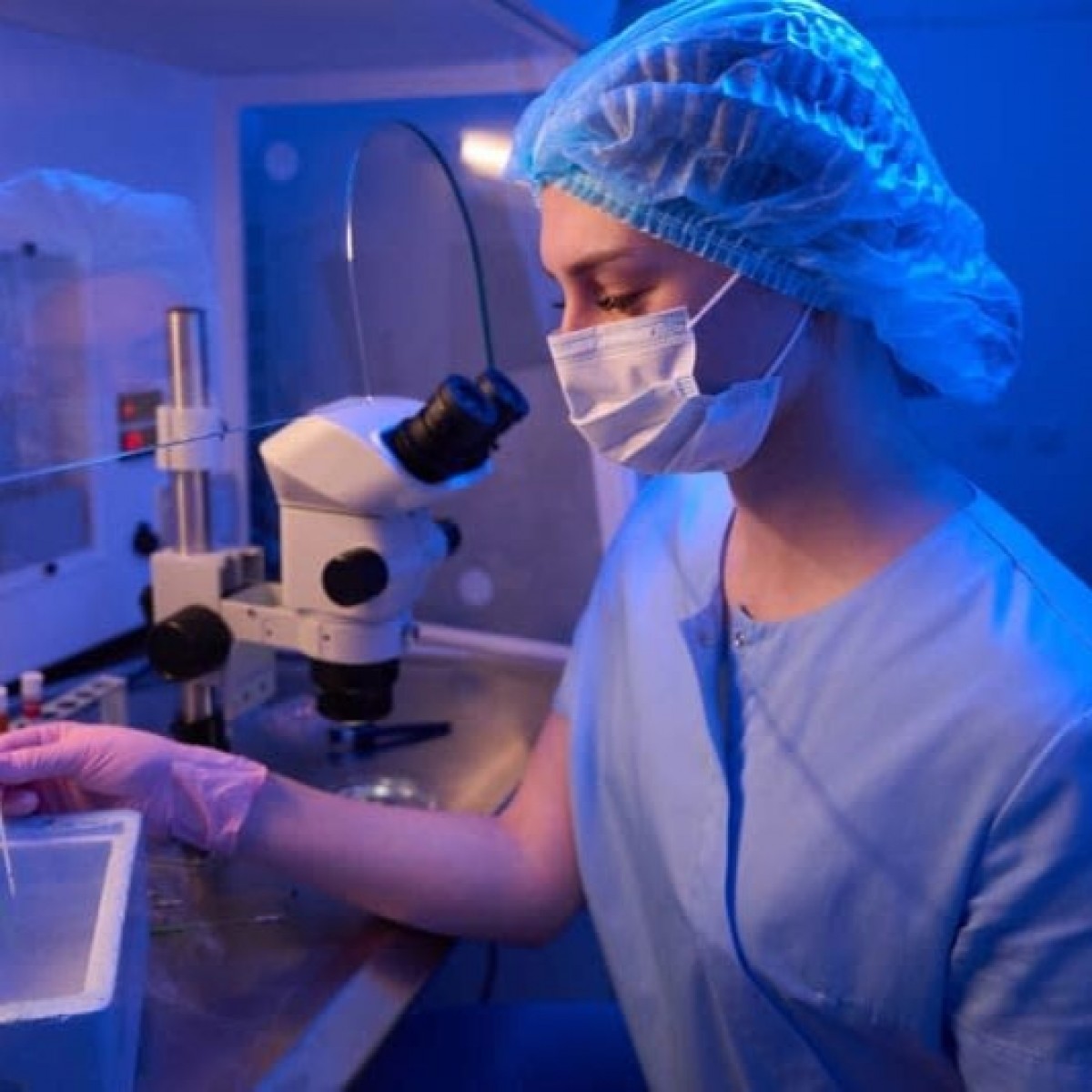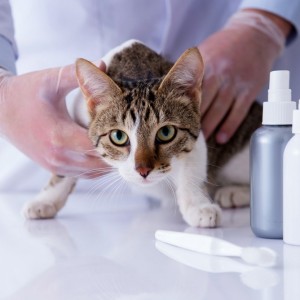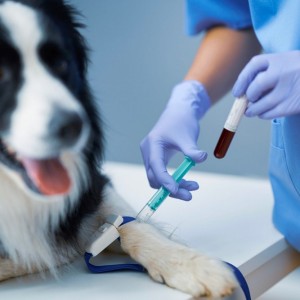Genetic Focus on Improving Animal Protein Sustainability
An estimated one billion people worldwide are protein deficient. As the world’s population continues to grow, the need for high-quality protein sources increases, and we must find safe and affordable protein production methods to meet these demands. Genetic technology is one area that may be helpful in raising healthier animals using fewer resources, thereby reducing producers’ environmental footprint. Keep reading to learn about some of these innovative strategies.
Beef on dairy crossing
Factors such as bone-to-muscle ratio and organ quality contribute to better quality beef from dairy cows, but drawbacks include a lower meat yield and increased carbon dioxide output from the milk production process. Beef on dairy crossing, which involves breeding dairy cows with beef semen, can help produce a more sustainable calf. Benefits include:
- Production of animals with dairy cows’ improved meat quality, including heavier hot carcass weight, greater dressing percentages, greater back fat thickness, larger ribeye area, greater marbling score, and greater preliminary yield grade, plus higher yields because of beef genetics
- Lower carbon dioxide output than purebred dairy cows
- Increased milk production per cow, requiring fewer replacements
- Increased feed efficient steers
Low methane production
Cattle are the number one source of greenhouse gasses worldwide, responsible for 14.5% of global greenhouses, with cows and other ruminants accounting for 4% of all greenhouse gasses produced in the United States. Each year, a single cow belches about 220 pounds of methane, but cattle-produced methane, while shorter lived than carbon dioxide, is 28 times more potent in atmosphere warming. Since eliminating cattle from the world is not feasible, researchers are studying how cattle can be more sustainable and less gassy. One way is high-fiber diet supplementation with feed additives, such as Asparagopsis taxiformis seaweed or probiotic yeast, to make digestion easier.
Another potential option is selective breeding to lower cattle methane emissions. Semex, a Canadian genetics company, partnered with Canada’s milk recording agency to identify a low-methane genetic trait based on seven years of research by University of Guelph and University of Alberta scientists, who measured dairy cattle methane amounts. The scientists captured the cattle’s exhalations, measured them for methane, and compared this data against their genetic information and milk samples. They found that Canadian dairy cattle methane emissions vary widely from 250 to 750 grams per day, and selecting for the low methane trait may result in lower emissions for successive generations. Semex predicts that the trait could reduce methane emission from Canada’s dairy herd by 1.5% annually and potentially up to 20% to 30% by 2050. While this technology seems promising, some dairy experts warn that the approach could be problematic and could lead to digestive problems for the affected cattle, since methane is produced by microbes in the cow’s gut and not by the animal itself.
Gene-editing single sex chicks
Billions of male chicks are culled each year because of their zero value in the food system. Israeli researchers at the Volcani Institute near Tel Aviv say they have developed gene-edited hens that lay only female chicks. The scientists gene-edited DNA into the birds, which they named Golda hens, which stops male embryo development in the eggs when exposed to blue light for several hours. Female chick embryos are unaffected by the blue light and develop normally. This technology could not only eliminate chick culling but also provide more sustainability in poultry meat production. The research has not been published, because the scientists plan to license the technology.
Expected progeny differences
Expected progeny differences (EPD) are the fundamental backbone of genetic improvement. The EPD value for a given trait is calculated based on data the producer provides to the breed association that includes the animal’s actual performance, the performance of their progeny and other relatives and, if available, the genomic data (i.e., DNA analysis). When the genomic data is available, the EPD accuracy is improved. These calculations are known as genomic-enhanced EPDs (GE-EPDs), which are the best approximation of an animal’s genetic value as a parent and allow for increased confidence in investing in young bulls.
While this tool has been around for decades, producers must know their production goals and environmental constraints to use the tool effectively. EPDs should be prioritized based on the producer’s defined production goals. Examples include:
- Sales at weaning — Producers who sell the entire calf crop at weaning or following a background phase should prioritize birth weight (BW), calving ease (CE), weaning weight (WW), and yearling weight (YW). Selecting for these traits helps the producer by reducing assisted births, while adding sale value to feeder calves.
- Replacement heifers — Producers who retain replacement heifers should prioritize maternal calving ease (MCE), milk production (MP), maternal weaning weight (MWW), mature cow weight (MCW), maintenance energy (ME), heifer pregnancy (HP), stayability (STAY), mature height (MH), and scrotal circumference, because these traits can potentially predict a replacement heifer’s success at becoming a valuable dam.
- Feedlot animals — Producers who raise their own animals through the feedlot should prioritize the maternal traits mentioned above, as well as hot carcass weight (HCW), back fat (BF), marbling, (MB), yield grade (YG), shear force (SHR), and rib-eye area (REA), because they are value traits for cattle marketed at the end of life.













List
Add
Please enter a comment